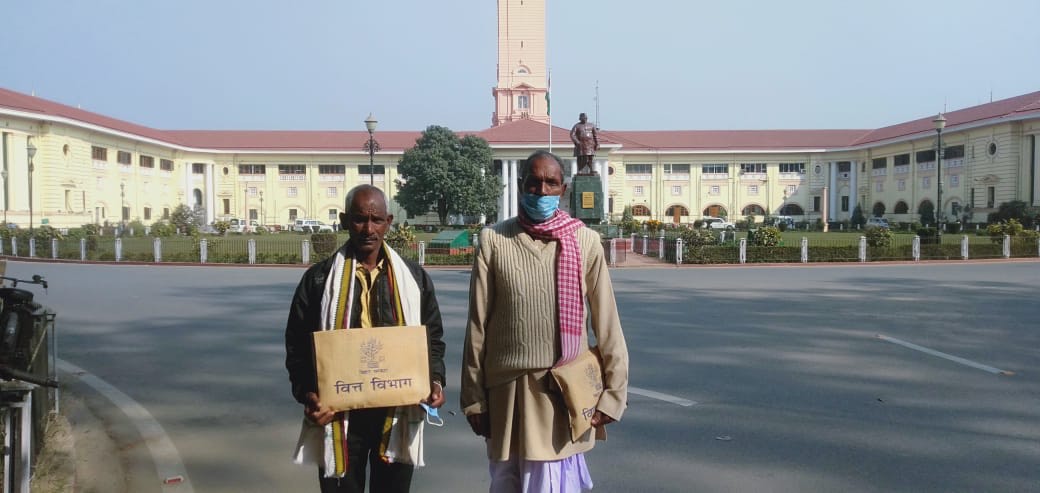The state-owned Chinese coal company made their announcement during a meeting with Greenpeace East Asia, saying the plan was already underway. Regarding Shenhua’s dumping of toxic industrial wastewater in Ordos, which Greenpeace exposed in July 2013, they said they had made major investments in wastewater treatment facilities to guarantee improvement.
On July 23, 2013, Greenpeace East Asia revealed that Shenhua was overexploiting groundwater in the Haolebaoji basin in Ordos, an area of fragile ecology. The organisation also exposed Shenhua’s illegal dumping of toxic industrial wastewater, highlighting the severe water intensity of the coal industry and the urgent need to curb its expansion in China’s arid provinces.
Welcoming the announcement, Li Yan, Head of Greenpeace East Asia’s Climate and Energy Campaign said, “Greenpeace appreciates this move by the Shenhua Group, as they recognise that the water situation with the coal industry remains very challenging in western China. It takes serious courage for a billion dollar plant to switch water plans in the middle of their first decade.”
Shenhua stated in a letter their intention to address disputes over water resources in the arid areas of Inner Mongolia, acknowledging the water constraints in western China. Coal production has caused major damage to local ecosystems due to the overuse of groundwater causing water levels to drop drastically.
“Shenhua’s wise decision once again reaffirms that the water situation with the coal industry remains very challenging in western China. It is an alarm bell for other companies queuing up to get approval for their new coal-to-gas or coal-to-liquid plants in Inner Mongolia, Ningxia, Shanxi and elsewhere. If the industry’s top company has failed to secure water, the others may want to recalculate their own risk evaluation,” Li Yan said.
Similar situations (3) are predicted in the states of Maharashtra, Chhattisgarh and Odisha where coal power plants depend on rivers for their water supply. At least 136 GW (3) of power plants that have been accorded environmental clearance and hundreds of gigawatts of coal-fired power plants awaiting approvals are located in inland areas and would be using up water which could have irrigated almost one million hectares (4) of farmland. Despite these warnings neither the central or the state government nor the private investors of those coal power plants have taken cognizance of the looming water conflicts between coal power plants and the farmers dependent on the rivers in these regions.
“By announcing to stop extracting ground water for coal production, China’s state-owned Shenhua group has indeed taken a step in the right direction. India’s water scarcity situation, specifically in certain pockets where coal-fired power plants are proposed are very similar to China. Isn’t it our turn now to take the next big step and move towards reducing our dependency on water-intensive coal for electricity in India?” said Jai Krishna, Campaigner, Greenpeace India.
Notes to the editors:
(1) The Thirsty Coal 2 report: http://www.greenpeace.org/eastasia/thirsty-coal-2
(2) Key developments since Thirsty Coal 2 report: http://www.greenpeace.org/international/Global/international/briefings/climate/2014/Backgrounder-Shenhua-Water-Grab.pdf
(3) Prayas report: Thermal power plants on the anvil – implications and the need for rationalisation. http://www.prayaspune.org/peg/publications/item/164-thermal-power-plants-on-the-anvil-implications-and-need-for-rationalisation.html
(4) Assuming these new age plants consume about 4 Cubic metres of water per MW per hour.




